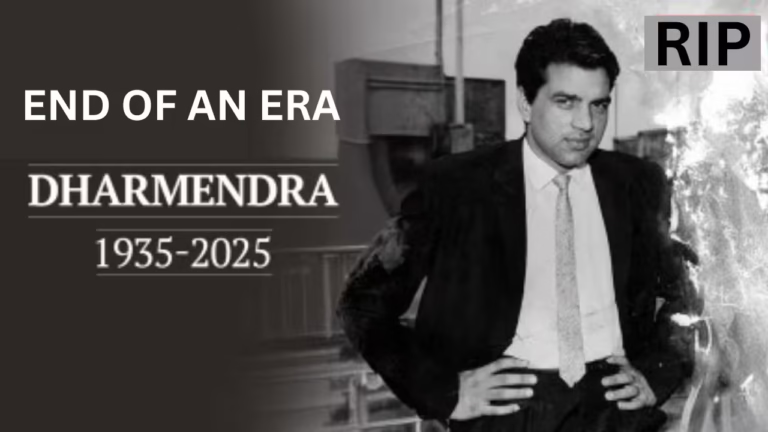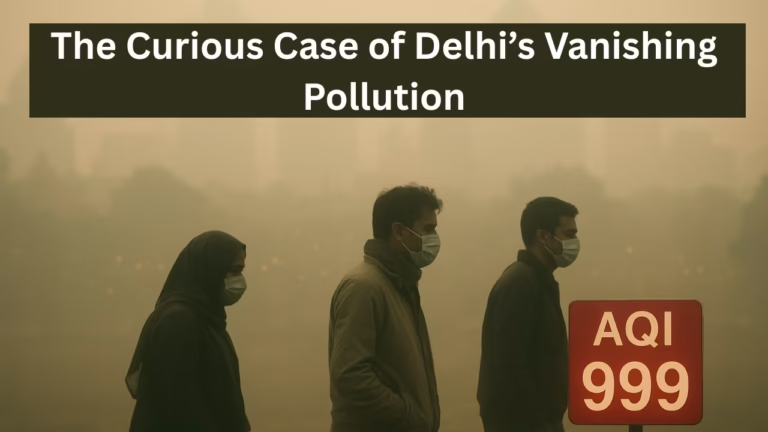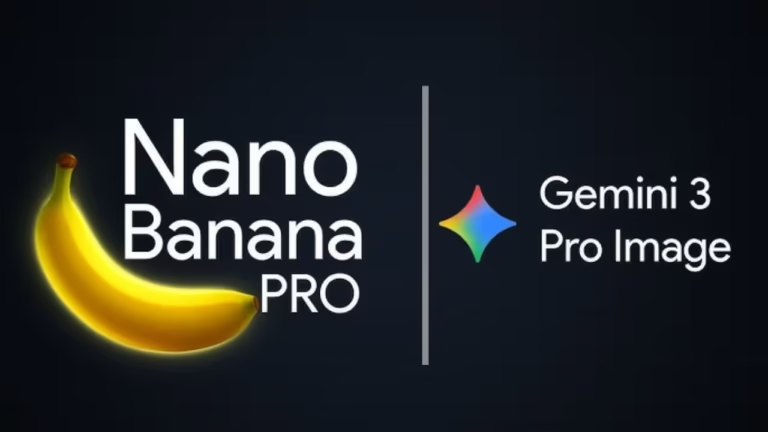
The Supreme Court of India has rejected a PIL seeking a CBI investigation into child deaths linked to toxic cough syrups, raising questions about India’s drug safety system.
Published on: October 10, 2025 at 15:10
It was supposed to be a cure, not a curse. But in recent weeks, the story emerging from Madhya Pradesh and Rajasthan has shocked the conscience of the nation: children falling gravely ill, and some dying, after taking a cough syrup. What followed was public outrage, demands for justice, and the filing of a Public Interest Litigation (PIL) asking for a CBI (Central Bureau of Investigation) probe into how such a tragedy could occur. But the Supreme Court has just dismissed that plea.
How did we arrive here? What does the Supreme Court’s decision mean — for victims, for pharmaceutical regulation, for trust in our institutions? In this blog, I’ll walk you through the facts, the legal and regulatory dilemmas, and the paths forward — from the point of view of a concerned citizen.
The Facts: What Happened Behind the Cough Syrup Tragedy

In Chhindwara (Madhya Pradesh) and parts of Rajasthan, dozens of children developed acute kidney failure shortly after being administered a cough syrup. Initial investigations found that the offending syrup, Coldrif (manufactured by Sresan Pharma, Tamil Nadu), contained toxic diethylene glycol (DEG) — a chemical absolutely banned in pharmaceutical use. Tests reportedly found levels many times higher than permissible thresholds.
As more cases emerged, authorities recalled multiple cough syrups (including ones named Respifresh TR and ReLife) due to contamination concerns. The state governments began investigations; police arrested the owner of Sresan Pharma.
Yet despite all that, the legal demand in the PIL was stronger: to have a central, impartial CBI investigation, with oversight by a retired Supreme Court judge, and systemic reforms in drug regulation.
But the Supreme Court declined. Let’s examine why.
ALSO READ| Anterolateral Infarct: Critical Causes, ECG Findings, Symptoms & Treatment
Why the Supreme Court Rejected the PIL — Key Arguments & Implications
a) Court Skepticism on Basis of Petition
The bench — led by CJI B.R. Gavai and Justice K. Vinod Chandran — expressed concern that the PIL was derived from newspaper reports rather than original investigation. The Solicitor General argued the petitioner had a habit of rushing to court each time news breaks. The bench even asked: “How many PILs have you filed so far?” On learning it was eight to ten, it dismissed this one summarily.
b) Reliance on State Mechanisms
The Solicitor General asserted that states like Madhya Pradesh, Tamil Nadu, and Rajasthan already had enforcement mechanisms in place, and that they were taking action. He contended that central intervention was not necessary. The court seems to have accepted that, at least to some degree.
c) Lack of Novel Legal Question
Another implicit point is that the court may have felt it was not being asked to break new ground legally — or that asking for a court-monitored central probe in every such case could lead to overreach into state powers. The bench might have seen the petition as overbroad, seeking systemic reforms beyond the specific case. (This is more interpretive, based on how courts balance PIL activism and institutional limits.)
ALSO READ| Is Your City Secretly Making You Smoke? How Air Pollution Equals Cigarettes a Day
Beyond the Verdict: What Needs to Change (and What We Should Demand)

The court’s rejection does not mean the problem is over — only that the path to reform will be harder. Here are the crucial elements that must follow, and what citizens and policymakers should push for:
→ Strengthen Drug Regulatory Oversight
This tragedy exposed gaps in quality control. India’s drug regulatory architecture (CDSCO, state drug control authorities) must be empowered, better funded, and held accountable. Batch testing must be mandatory and transparent, not opaque.
→ Establish a National Recall & Monitoring System
There should be a centralized, digital recall mechanism and real-time pharmacovigilance portal — so that once contamination is suspected, all states are alerted simultaneously. The PIL had asked for this, but dismissal means it’s up to policy, not the court, to enforce.
→ Independent or Oversight Investigations
Even if not by CBI, investigations must be independent, impartial, and transparent. They should involve experts, possibly judicial monitors. Families must see that justice is credible.
→ Accountability & Compensation
Those responsible — from manufacturers to auditors or regulators — must face legal consequences. Victims’ families must receive prompt compensation and public acknowledgment of the state’s failure.
→ Citizen Vigilance & Media Pressure
Public scrutiny, media investigations, and civic activism remain essential. Without public pressure, reforms often stall.
ALSO READ| New Study Reveals Heart Attack Pill Could Be Harmful to Women with Normal Heart Function
I find the Supreme Court’s decision deeply disappointing — not because the Court is wrong on principle, but because ordinary citizens, especially vulnerable children, are left with uncertainty when state mechanisms fail. The judiciary’s reluctance to intervene in this case reflects the tension between legal restraint and moral urgency.
But even if the PIL was rejected, the demand for change is not over. As citizens, parents, readers of this blog, we must insist that our medicines are safe, that regulatory systems are transparent, and that every child’s right to life and health is defended.
If you’re reading this and feeling the weight of the tragedy, I urge you: share this, raise awareness, contact local legislators, demand public accountability. Let this awful event be the moment India strengthens the systems it entrusts to protect life—not betray it.





